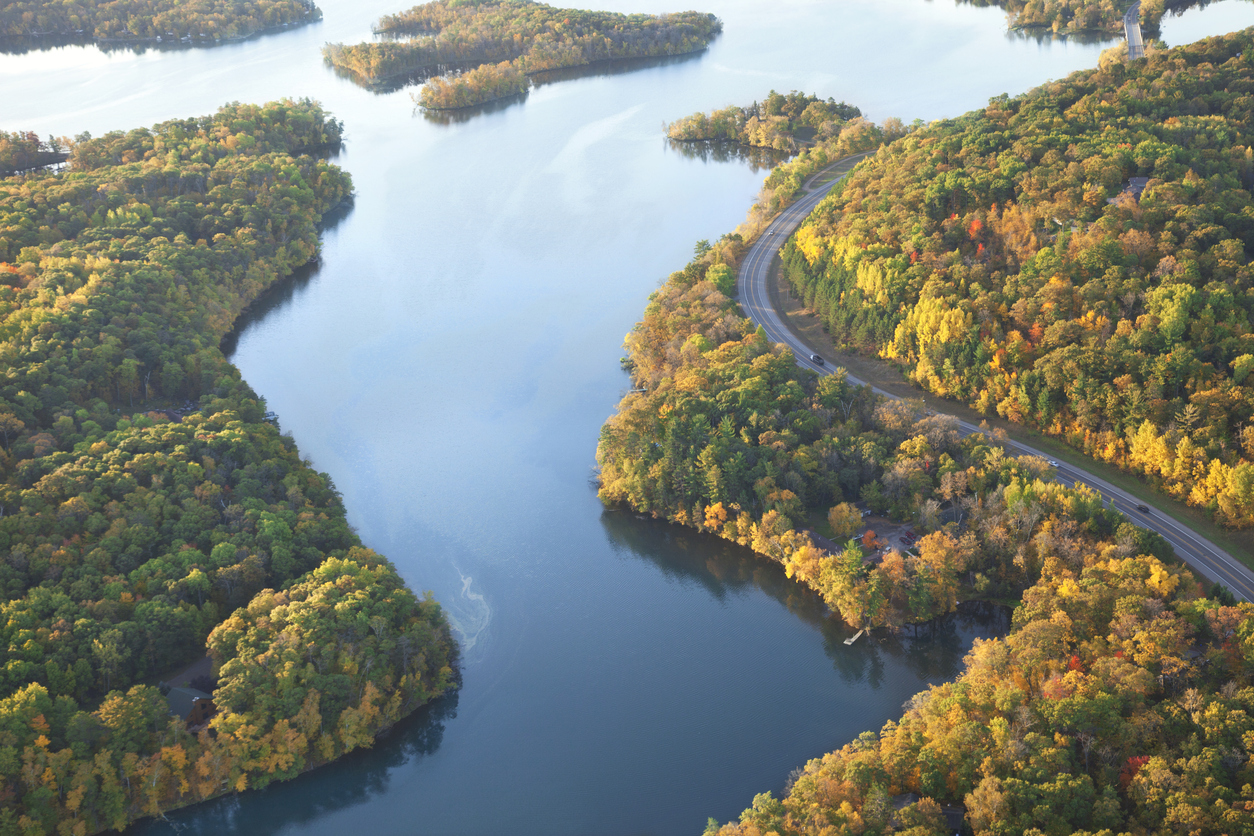
Issue Brief
Legislative Solutions for Healthy Rivers
Overview
State governments have proposed and implemented a number of successful strategies for healthy rivers. Many of the policies included in this resource were crafted with the involvement of the local agricultural communities, such as local Farm Bureaus.
Legislation
Nutrient Monitoring and Reduction
Monitoring and reduction of nutrients such as phosphorus and nitrogen from agricultural runoff is key to improving water quality in the Mississippi River. Efforts to reduce nutrient loading include limits on pesticide and fertilizer application within the Mississippi River watershed as well as the creation of nutrient trading systems, each of which require improved monitoring of water pollution levels.
- Arkansas HB 1067 (2015) provides state environmental agencies the authority to establish and regulate nutrient water quality trading programs for nitrogen and phosphorus.
- Wisconsin Water Quality Standards set limits for phosphorus in surface waters (Chapter NR 102), regulate point-source phosphorus pollution through a state permitting and nutrient water quality trading system (Chapter NR 217), and tighten agricultural performance standards (Chapter NR 151).
- Ohio Senate Bill 1 (2015) prohibits the application of agricultural fertilizer and manure on frozen and snow-covered soil and when local weather forecasts predict heavy rain.
- Minnesota SF 297 (2017) protects the upper Mississippi River as a drinking water source through water testing for contaminants including pesticides, nitrates, and pathogens, and establishes a review of current best practices for agricultural pesticide and fertilizer application.
Buffer Zone Protection
Conservation buffer zones are small areas or strips of land with permanent vegetation adjacent to ecologically sensitive areas, such as rivers. These buffer zones have many benefits for river health, including decreased surface water pollution and erosion as well as the provision of continuous shoreland habitat.
- Minnesota Statutes 2016, Section 103F.48, amended by SF 844 (2017), requires a 50-foot average width, 30-foot minimum width, continuous buffer of perennially rooted vegetation adjacent to all designated public waters.
- Maine Mandatory Shoreland Zoning Act requires land use controls for all land areas within 250 feet of ponds and non-forested freshwater wetlands that are 10 acres or larger; rivers with watersheds of at least 25 square miles in drainage area; and all land areas within 75 feet of certain streams.

Empower State Environmental Champions
Your donation funds the fight for equitable actions that protect the environment and our health.
Donate